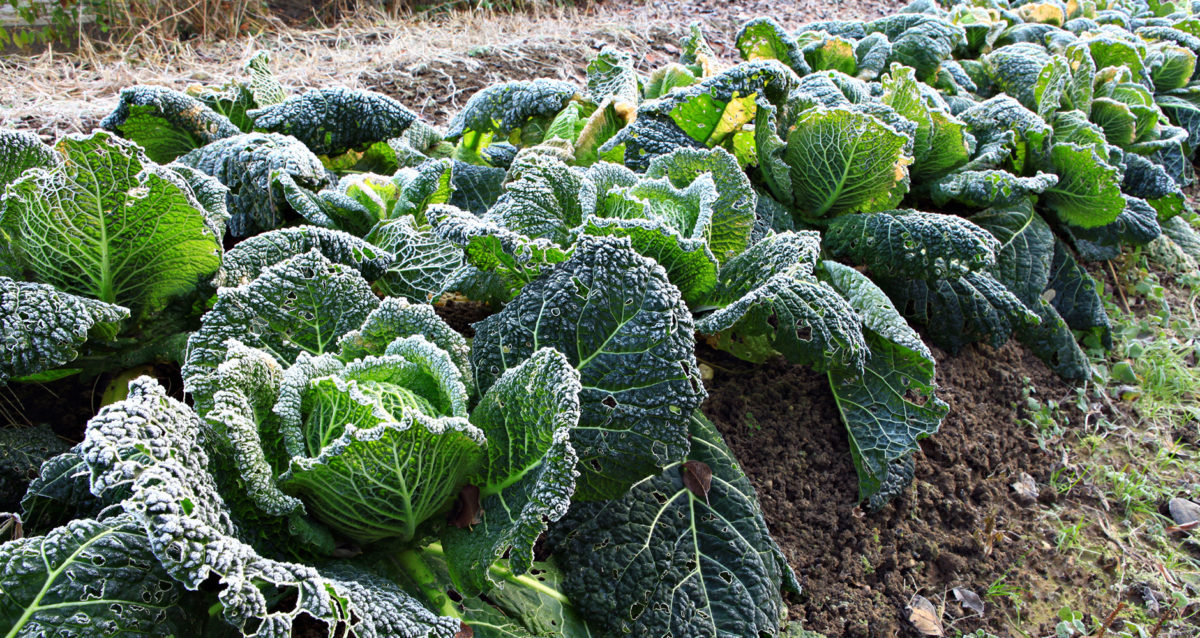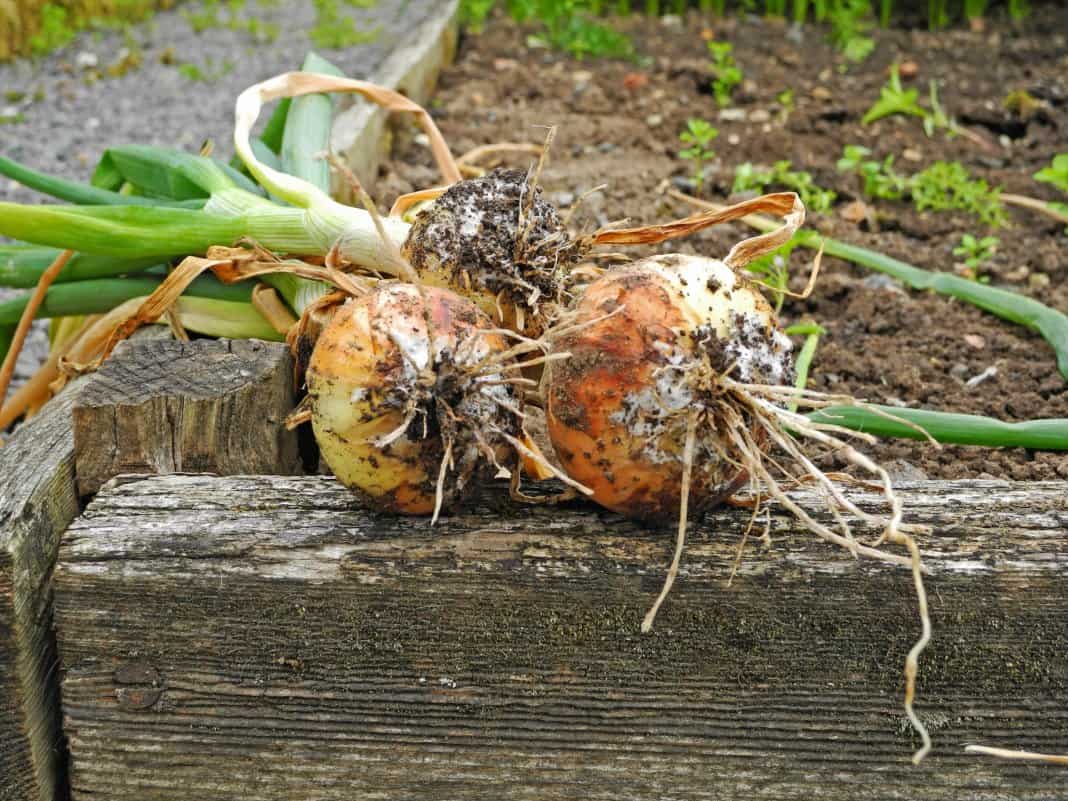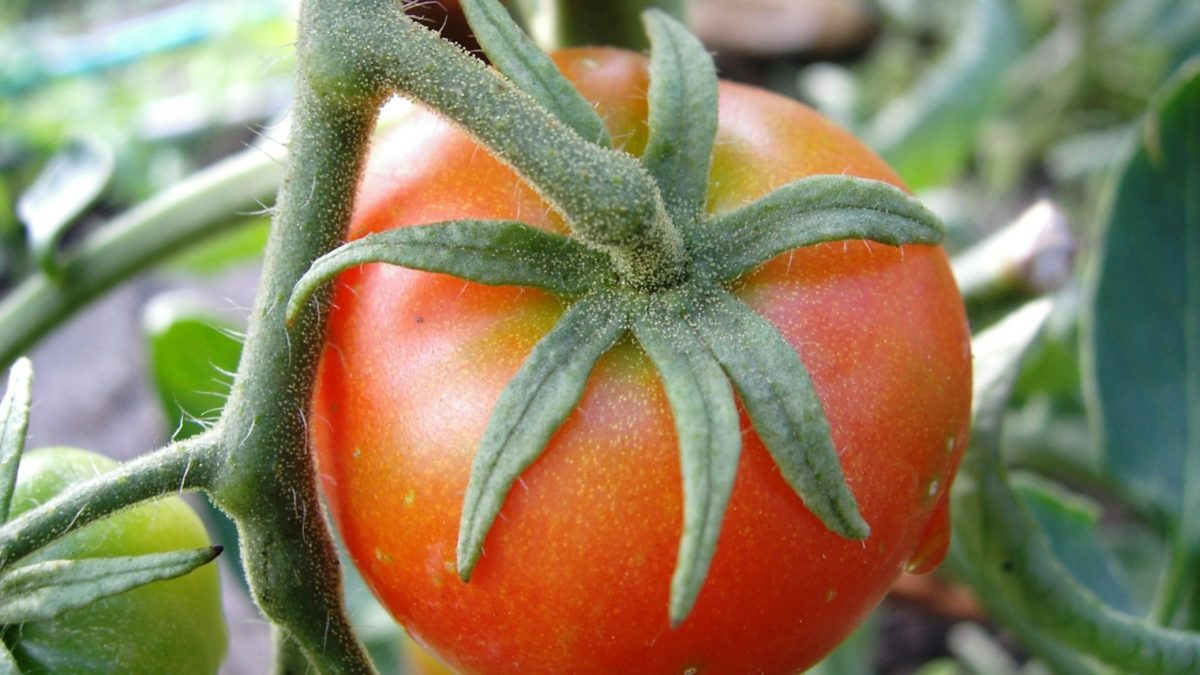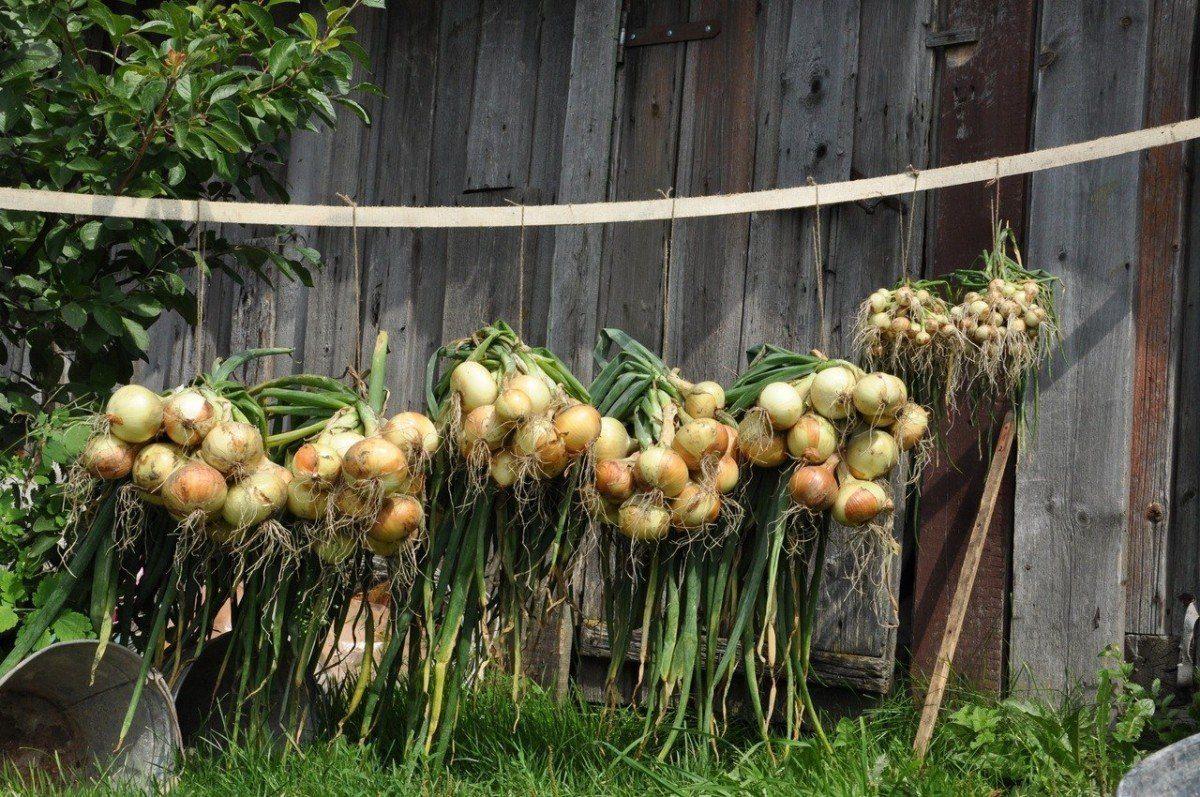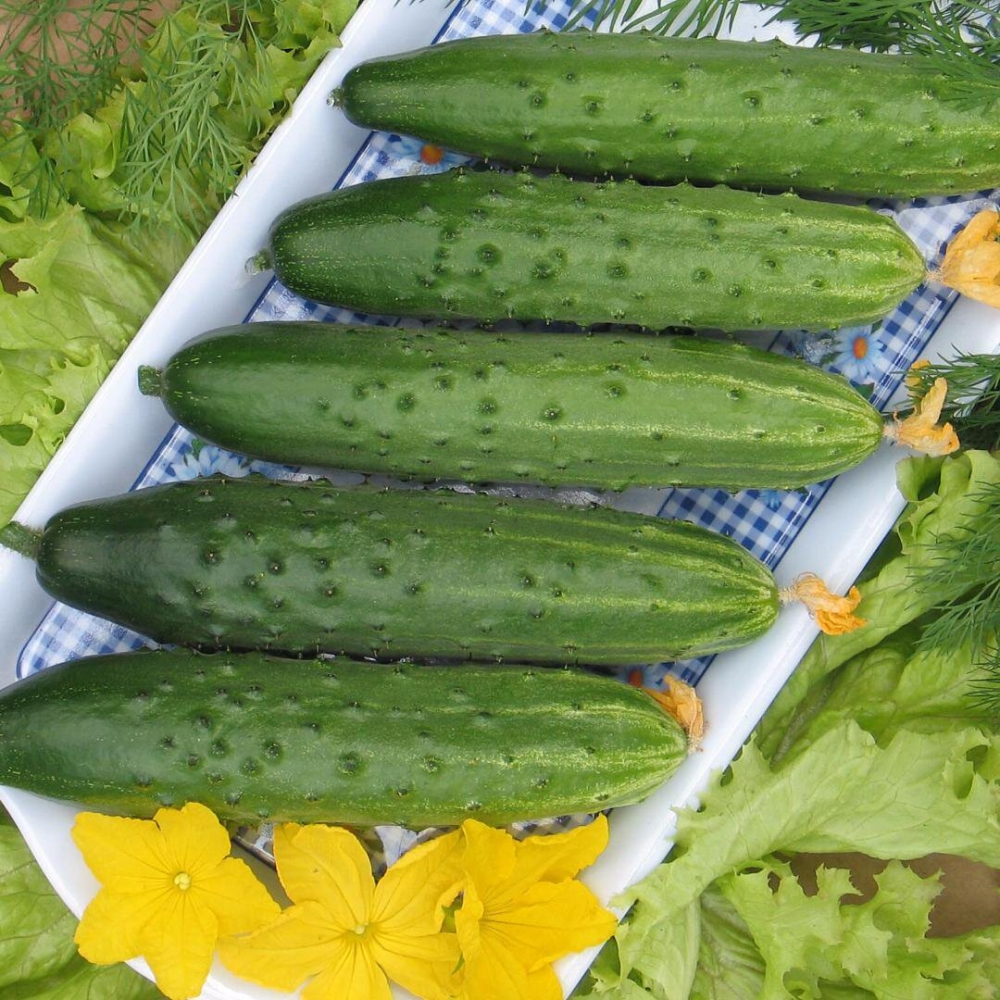Vegetables
Savoy cabbage, like white cabbage, belongs to the type of Cabbage. Savoy cabbage heads are large, but loose, leaves are thin, corrugated. The unusual color of greenish-yellow, light green shades looks very elegant and can decorate a vegetable garden. Savoy cabbage contains sinigrin - a substance with anti-cancer and antibacterial properties, in greater quantities than all other types of cabbage, therefore it is used in medical nutrition. In terms of yield, it is inferior to other varieties, but it is more resistant to adverse environmental factors. It is not difficult to grow Savoy cabbage on your own, it is enough to follow the rules and recommendations at all stages: from preparing seeds to caring for a plant in the garden, which we will gladly tell you about.
Onions are an unpretentious culture. However, sometimes, when growing this vegetable, gardeners are faced with the fact that small light spots appear on green feathers or the tips of the leaves turn yellow. And sometimes the whole onion bed turns completely yellow. To prevent this from happening, it is necessary to carry out a set of preventive measures and observe the rules of agricultural technology.
Experienced gardeners in February - March strive not to miss the timing of planting seeds for seedlings: strong healthy seedlings are the key to a bountiful harvest! In the middle lane, tomatoes, like peppers and eggplants, are best grown in seedlings because of the climate. And picking is sometimes simply necessary for the development of plants.
It only seems at first that growing onions is a simple matter that does not require special knowledge: stick the onion into the ground and water, that's all. But in practice, it turns out that various feedings are required, the choice of which depends on the purpose of growing the onion - to obtain green feathers or large and juicy turnips. For those who decided to plant onions in their personal plot, advice and recipes for feeding, tested in practice, will come in handy.
